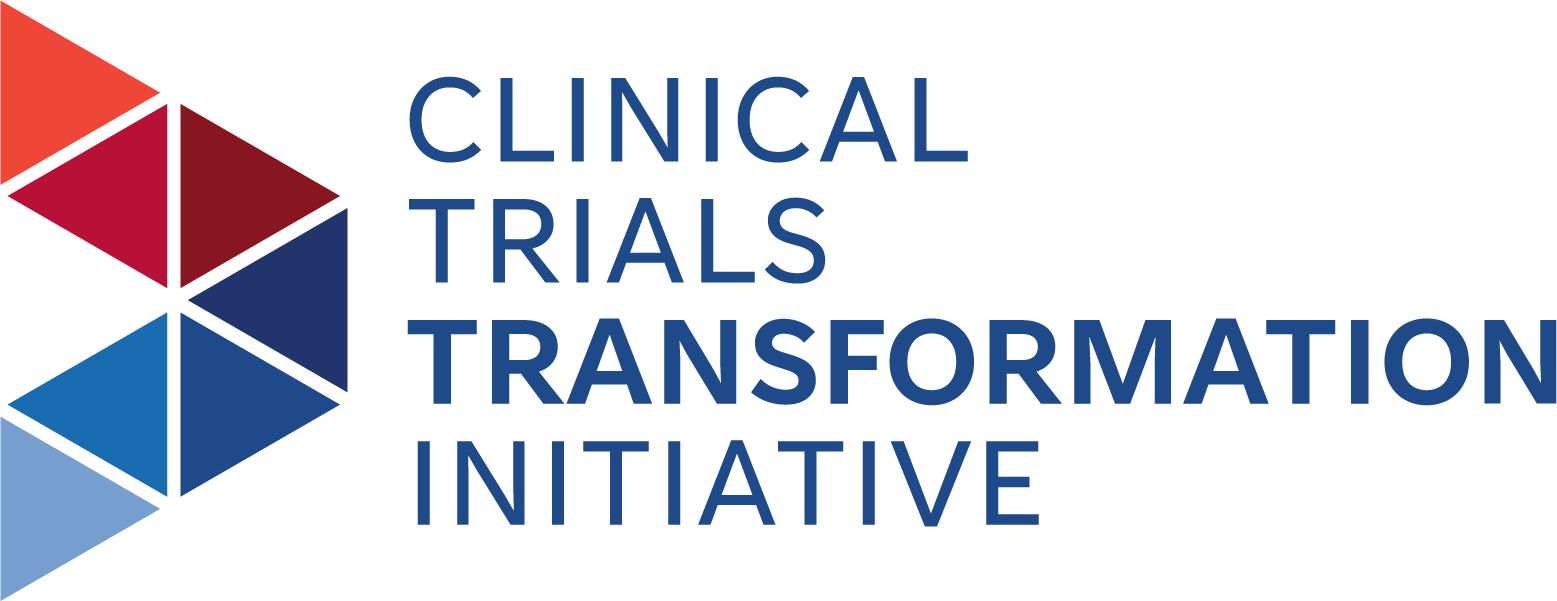Philips Offers Best Practices for Inclusion of Digital Health Technologies in Trials, Leading to Better-Prepared Sites and Improved Data Outcomes
Philips Applies CTTI's Digital Health Technology Recommendations
SUMMARY
Digital technology is changing the healthcare landscape
every day, but many sponsors are still unsure of exactly how to integrate these
technologies into trials in a way that ensures quality data and good compliance.
In fact, survey results published recently by DT Consulting showed
that up to 43 percent of clinical trial sites are not utilizing digital devices
in research, and the sites that are using these tools are using them only for
patient recruitment. Complexity of regulations around digital technologies and
identification of the right technologies are among the top-rated challenges cited
by trialists. Fortunately, CTTI's Digital Health Technologies (DHT) recommendations offer tools and tactics for
bringing technology into the clinical trial fold successfully. Here is how
Philips North America uses the recommendations to bring sponsors and sites into
alignment.
GOAL(S)
Clinical trials that use digital health
technologies have many unique considerations with respect to site
infrastructure requirements. The Philips Motion BioSensors Group is tasked
with regular interactions with sponsors explaining these considerations,
including how to appropriately use Philips' actigraphy motion biosensors in
clinical trials. Used correctly, Philips' actigraphy tools can offer rich data
and streamline processes, but without full alignment across a clinical trial, even
small errors like forgetting to charge a device's batteries at the site can
cause headaches for trialists and poor data quality.
CHALLENGES
Over time, the Motion
BioSensors Group has noticed gaps in communication between Philips, the
customer, and the trial sites, mostly in situations when a contract research
organization, or CRO, is brought in to support a trial. The guidance provided to
the sponsor was not getting transferred to the CRO or the sites in a consistent
manner. Additionally, the sponsor or CROs were not appropriately vetting the
sites for the necessary technical capabilities, so the enrolled sites had
significant limitations with the technology. Philips
needed resources that could guide sponsors and sites on how to use Philips' digital
health technology in clinical trials to close these gaps in communication. With
no formal regulatory guidance in place, finding a vetted and trusted resource
was a challenge.
SOLUTION(S)
Philips began referencing
CTTI's DHT recommendations to help sponsors design and run successful, fit-for-purpose digital health
trials that meet their research goals. From selecting the right technology to
planning trial logistics and study communications, CTTI's DHT recommendations
and resources offer a one-stop-shop for the best use of digital health technology
in clinical research.
TAKING ACTION
Philips relied heavily on two
CTTI resources to address its challenge. The first was CTTI's Checklist
for Sponsors: Considerations in
Selecting and Equipping Sites for Clinical Trials with Mobile Technologies. The checklist identifies factors
specifically related to the use of digital health technologies that sponsors
may wish to consider during the site identification process. The second
resource Philips used was CTTI's Advancing the Use of Mobile
Technology for Data Capture and Improved Clinical Trials, which offers a comprehensive
guide to the many considerations that accompany the decision to use a digital
health technology for data capture. CTTI brought together regulatory,
technical, clinical, operational, and patient experts to create the resource,
which supports both newcomers and seasoned pros using digital health technologies.
Rather than a transitory conversation, Philips began sharing these documents as
a way to offer concrete and consistent guidance sponsors and sites could
reference throughout the trial process.
IMPACT
Since implementation of CTTI's resources to support the use of digital
health technology in research, the organization is seeing relatively
better-prepared sites, consistency, and alignment of sponsors and sites. The CTTI
resources have been critical to bring all parties onto the same page and bring
out the best of Philips' actigraphy tools in clinical trials.
ADVICE
The Philips Motion BioSensors Group recommends holding cross-functional meetings prior to
the trial launch to bring together all functions and reinforce the criticality
of following CTTI's guidance and using digital health technology appropriately.
Early engagement brings all the teams into alignment and offers an opportunity
for sharing best practices and lessons learned related to digital health trials.
If more lessons could be shared broadly, the industry would be better adept at
using digital health technologies in trials and harnessing the rich benefits digital
health technology can offer.
ORGANIZATION
Philips Sleep and Respiratory Care
ORGANIZATION TYPE
Industry
IMPLEMENTATION DATE
2019
TOPIC
Digital Health Technologies
